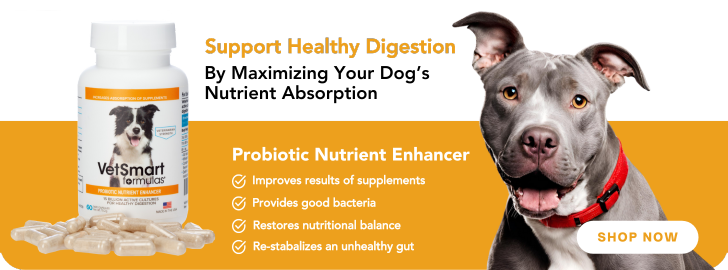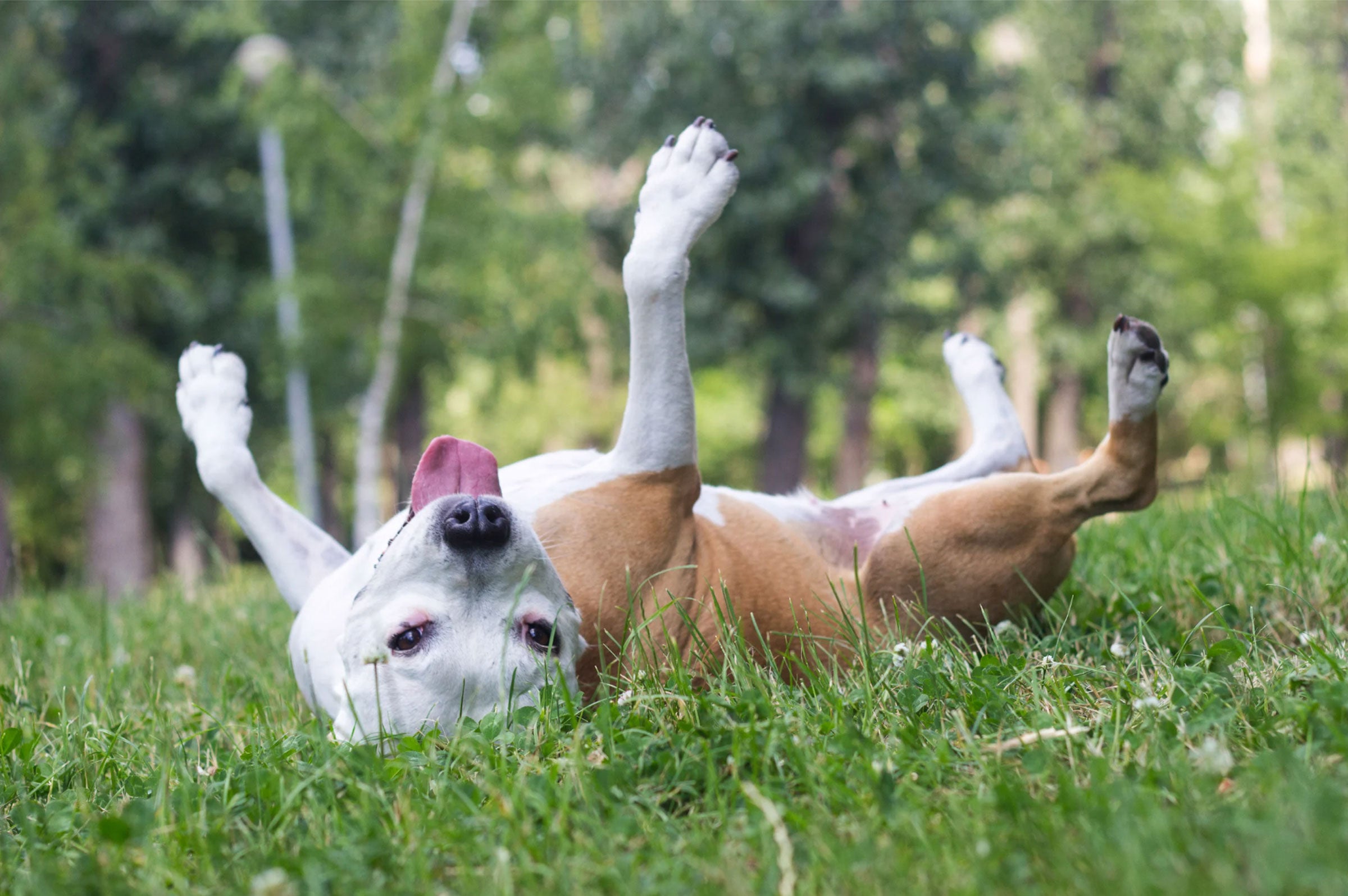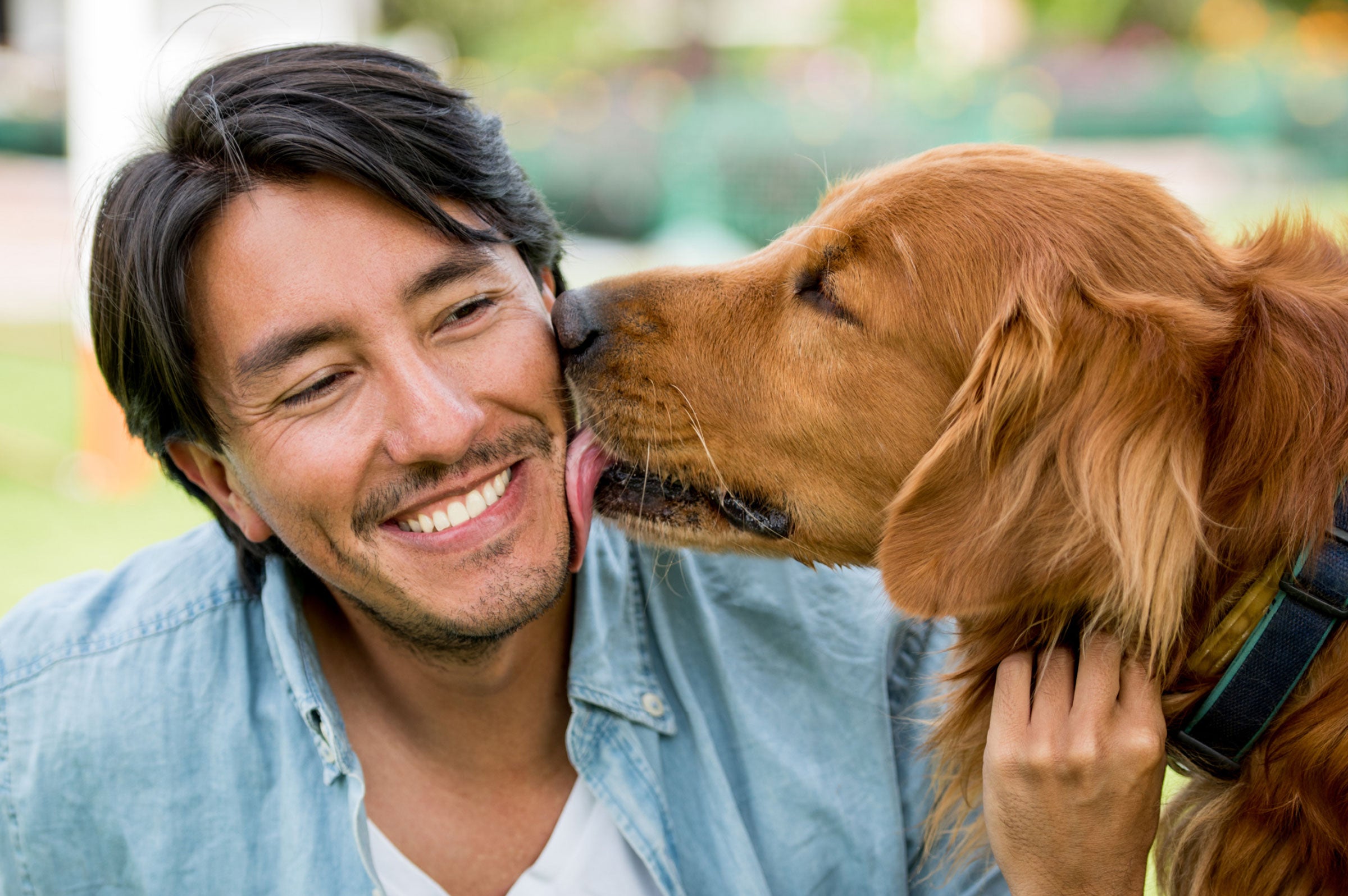It's not uncommon for dog owners to catch their furry friends chewing on something they shouldn't. While puppies may chew on almost anything as part of their exploration and teething phases, older dogs that consume non-food items may be exhibiting a behavior known as pica.
Pica in dogs involves the eating of items that are not typically considered food. This behavior can be not only perplexing but also dangerous. Here's a closer look at why dogs engage in this behavior and what owners can do about it.
Reasons Behind Pica in Dogs
- Nutritional Deficiencies: Sometimes, eating non-food items can be an indication that a dog’s diet is lacking in essential nutrients. For example, a dog might eat dirt if they're deficient in minerals. Be sure to use a high quality dog food like our All Life Stages dog food to eliminate the possibility of nutritional deficiencies.
- Medical Issues: Pica can also be linked to underlying medical conditions such as diabetes, thyroid disease, or gastrointestinal disorders. These conditions might lead to increased appetite, prompting dogs to eat unusual things. Make sure your dog is on probiotic supplements to help with gastrointestinal disorders. A thorough veterinary examination is necessary to rule out or diagnose medical problems.
- Behavioral Factors: Boredom or anxiety can lead dogs to engage in unusual eating habits. Lack of mental stimulation and physical exercise can lead a dog to find other ways to occupy their time and relieve stress, which may include chewing or consuming non-food objects.
- Compulsive Behavior: For some dogs, eating non-food items is a compulsive behavior that may require professional intervention from a veterinarian or an animal behaviorist. This can be akin to obsessive-compulsive disorder in humans.
Risks of Pica in Dogs
Eating non-food items can pose several risks to a dog's health, including:
Choking hazards
Gastrointestinal blockages
Internal injuries
Toxic reactions (if the consumed items are poisonous)
Given these risks, it’s important to address pica behavior promptly. And depending on what your dog has eaten and how the dog is behaving, you may need to consult with a veterinarian immediately.
How to Manage and Prevent Pica in Dogs
- Provide Adequate Nutrition: Ensure your dog's diet is nutritionally complete, via both high quality dog food and appropriate supplements.
- Increase Exercise and Mental Stimulation: Regular exercise and playtime are crucial for keeping your dog mentally and physically healthy. Interactive toys, training sessions, and regular playtime can greatly help reduce boredom and anxiety.
- Manage the Environment: Keep non-food items out of reach. If your dog tends to chew on specific things, remove these items from their environment.
- Train and Redirect: Train your dog to obey commands like "leave it" or "drop it." This can help manage their behavior around non-food items. When you catch them chewing on something inappropriate, redirect their attention to a safe, chewable toy.
- Seek Professional Help: If the behavior persists, consult your veterinarian or a professional behaviorist. They can offer guidance tailored to your dog’s specific issues, which might include behavior modification techniques or medications.
Conclusion
While pica can be a challenging behavior for dog owners to manage, understanding the underlying causes is the first step toward resolution. By ensuring proper nutrition, adequate exercise, and appropriate mental stimulation, many cases of pica can be managed effectively.
However, since pica can also indicate health issues, it's crucial to consult with a veterinarian if you notice your dog eating non-food items. With the right approach, you can help your pet lead a healthier, happier life.




